Kevin Sali: The Roles of an Oregon Supreme Court Justice
Wednesday, August 12, 2015
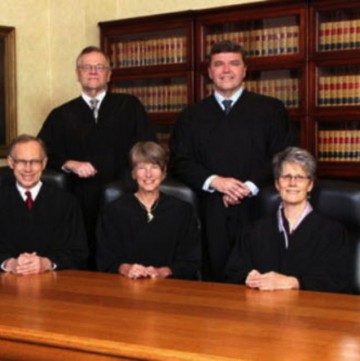
In the often-contentious debates over the proper role of judges in our system, we typically focus on United States Supreme Court justices, especially on their decisions interpreting the United States Constitution. Those decisions are undoubtedly significant—over the years that Court has decided, for example, that the U.S. Constitution permits capital punishment but forbids certain legal restrictions on abortion. What is not as well-known is that state Supreme Courts are arguably just as influential, and perhaps even more so, within their respective states.
State Supreme Courts, for example, have their own roles to play in interpreting the United States Constitution. Cases that originate in state trial courts often involve federal constitutional issues, and if those cases are appealed to the state Supreme Court those justices have to make the same types of interpretive decisions that U.S. Supreme Court justices make.
The U.S. Supreme Court is legally superior to any state Supreme Court, and if the federal justices rule on an issue, their opinion binds all state courts. But the U.S. Supreme Court decides for itself which cases to take, and there are many critical issues on which that Court has so far declined to take a position. When that happens, a state Supreme Court’s opinion on any such issue is binding within that state unless and until the U.S. Supreme Court takes up the issue. As a particularly relevant example, Oregon is one of only two states that permit convictions by non-unanimous juries in criminal cases. Defense attorneys have repeatedly argued that this violates the U.S. Constitution. The Oregon Supreme Court has held that it doesn’t, and the U.S. Supreme Court has declined to consider the issue despite multiple requests to do so; that means the Oregon court’s decision is binding, at least for now.
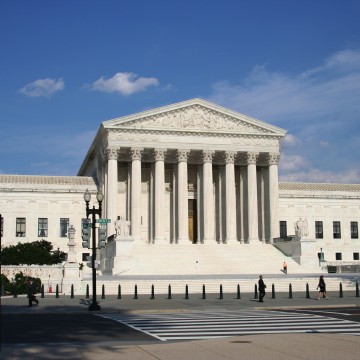
For example, laws forbidding live sex shows are generally permissible under the federal First Amendment, but in 2005 the Oregon Supreme Court held such a law unconstitutional under the free expression clause in the Oregon Constitution. When that court makes such a ruling, it’s just as binding within Oregon as a decision by the U.S. Supreme Court would be. Moreover, because it’s based on the Oregon Constitution, the Oregon Supreme Court’s decision is the final word. The U.S. Supreme Court won’t even consider reviewing such a case, because that Court has no role to play in interpreting a state constitution.
Constitutional issues tend to get most of the attention, but the Oregon Supreme Court also interprets ordinary statutes passed by the Oregon legislature or the ballot initiative process. No matter how specific the statutory language, lawyers will argue about what the words really mean. For example, if a statute of limitations says that a particular type of civil claim must be brought within two years, when does the two-year clock start to run—when the event happens, when the plaintiff discovers the injury, or at some other time?
Especially if the statutory language isn’t entirely clear, lawyers will fight vigorously over such questions, and the Oregon Supreme Court will eventually hand down a definitive answer. Once again, the Oregon court is the final authority here; the U.S. Supreme Court won’t accept a case involving the interpretation of a state statute (unless the issue is whether the statute violates the U.S. Constitution). Statutory interpretation cases tend not to be as controversial as constitutional cases because if the voters or legislators disagree with a decision they can simply rewrite the statutes to override the court’s decision. Still, these cases can have profound impacts and make up a significant part of the Oregon court’s work.
So far, all of these roles have counterparts in the U.S. Supreme Court. Another one of the Oregon Supreme Court’s tasks, however, has no real federal analog but nonetheless constitutes a heavy portion of the state court’s role.
That task is the development of “common” or “judge-made” law. A substantial proportion of the “law” that governs everyday life and business in Oregon is completely separate from the statutes, Constitution, or anything else that we typically think of as “laws.” This type of law has developed over the centuries through a series of individual court cases.
Long ago, for example, a trespasser was injured and brought a claim against the landowner for negligence, and the trial judge in the case had to decide whether a trespasser has a right to recover in that situation. Eventually, that issue reached the Oregon Supreme Court, which decided what the rule should be without being bound by any statute or constitutional provision. A vast number of other important issues have similarly been decided solely by that court. The legislature can always step in and change any of these rules if it wants to. Often, however, it simply lets the court’s framework stand, with the result that the justices have significant influence over the development of the law.
So there we have it. Whoever replaces Justice Linder will have a series of complex, challenging responsibilities that will affect Oregonians in a variety of ways. Best wishes to Governor Brown as she makes this important decision, and to Oregon voters as we continue to evaluate all of our justices.
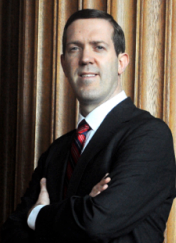
Related Slideshow: Timeline of Kate Brown’s Life and Political Career
Related Articles
- How to Not Be Seen Nude on the Internet
- Who’s Hot and Who’s Not in Oregon Politics: Kate Brown, Racial Profiling, Women’s Rights
- Who’s Hot and Who’s Not in Oregon Politics: Kate Brown, Lars Larson, Clean Fuels
- Who’s Hot and Who’s Not in Oregon Politics: Kate Brown, Allen Alley, Amanda Fritz




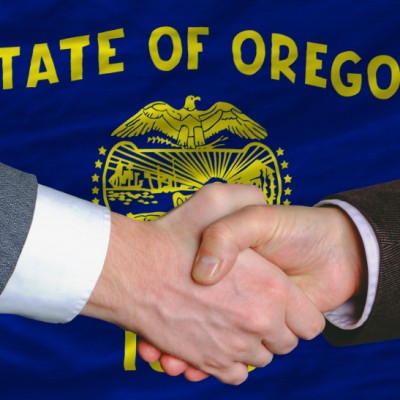
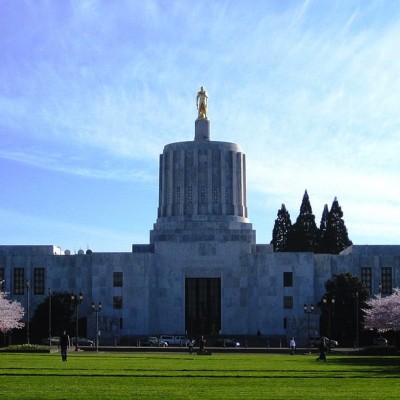




















 Delivered Free Every
Delivered Free Every
Follow us on Pinterest Google + Facebook Twitter See It Read It